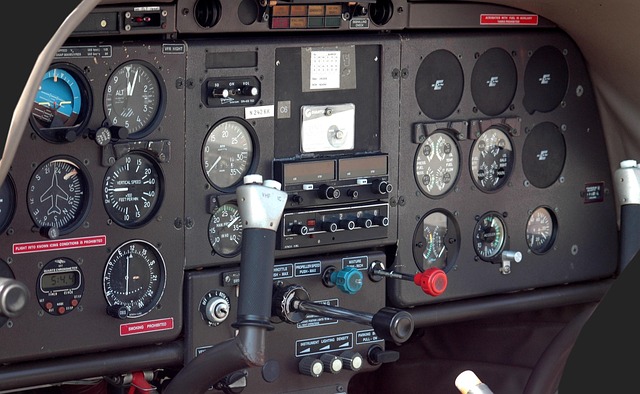Skunks are common in Centennial neighborhoods, with nocturnal activity peaking at dusk and dawn. To identify skunk presence, look for distinct footprints (resembling small ovals or circles) in soft soil, as well as scent markings used for communication. Observing patterns like consistent print trails helps confirm regular skunk activity. For humane relocation, professional wildlife control specialists capture and move skunks to suitable non-residential habitats, using safe methods and maintaining ecosystem balance while keeping your Centennial yard free of unwanted skunks. Always consider 'identifying animal tracks in my Centennial yard' for effective skunk management.
“Concerned about skunks visiting your Centennial yard? Understanding their behavior is the first step. This guide helps you navigate the presence of these nocturnal visitors, focusing on safe and humane relocation methods. Learn effective techniques for identifying skunk tracks and signs in your yard using simple, natural indicators. By employing expert tips, you’ll ensure a smooth process, maintaining a harmonious relationship with nature.”
- Understanding Skunk Presence and Behavior in Your Yard
- Techniques for Identifying Skunk Tracks and Signs
- Safe and Humane Relocation: Expert Tips for Skunk Management
Understanding Skunk Presence and Behavior in Your Yard

Skunks are a common sight in many neighborhoods, including Centennial. If you’ve noticed their presence in your yard, it’s essential to understand their behavior to effectively manage and prevent any potential issues. Skunks are primarily nocturnal creatures, so they’re most active during the evening and early morning hours. Identifying their tracks can be a good starting point. Look for distinct, slightly larger footprints compared to common small animal paw prints. Skunks often leave behind distinct scent marks as communication tools, but these shouldn’t be confused with waste; they typically spray to deter predators or mark territory.
Recognizing skunk activity early is crucial. They tend to dig burrows for shelter and food storage, so any unusual digging patterns or holes in your yard could indicate a skunk’s presence. Understanding their habits will help you decide whether relocation is the best course of action. If you do suspect a skunk has made your Centennial yard its home, professional relocation experts can humanely capture and move them, ensuring both your peace of mind and the skunk’s safety.
Techniques for Identifying Skunk Tracks and Signs

When dealing with a skunk infestation in your Centennial yard, Identifying animal tracks can be crucial for effective wildlife control and relocation. Skunks leave distinct marks through their activities, such as digging for food or marking territory. One of the most obvious signs to look for are their tracks, which often appear as clear imprints in soft soil or sand. These tracks have a unique shape resembling small oval or circular footprints with distinctive claws visible. Additionally, pay attention to any scent markings; skunks spray a powerful odor to communicate and mark boundaries, leaving behind a distinct smell that can help confirm their presence.
For those seeking to identify animal tracks in their yards, observing patterns is key. Skunks tend to follow specific routes and may create paths through your garden or around trees. Look for consistent prints leading from one area to another, indicating regular activity. By combining track observations with the familiar skunk scent, you can gather substantial evidence of their presence and take appropriate action, ensuring a safe relocation process.
Safe and Humane Relocation: Expert Tips for Skunk Management

When dealing with skunks in your Centennial yard, safe and humane relocation is paramount. Skunk management requires careful consideration to avoid potential risks to both humans and the animals. Experts recommend identifying animal tracks as a first step. By carefully observing signs like paw prints, rutted soil, or scent marks, you can confirm the presence of skunks and gather crucial information about their behavior and habitat preferences.
Once identified, humane relocation involves capturing the skunk without causing harm. Professional wildlife control specialists use specialized equipment and techniques to capture and transport skunks safely. They ensure the animals are relocated to appropriate habitats far from residential areas, promoting a healthy balance in the local ecosystem while keeping your yard free from unwanted visitors.
When dealing with skunks in your Centennial yard, understanding their behavior and employing safe, humane relocation methods are key. By identifying skunk tracks and signs through expert tips, you can ensure a peaceful resolution for both the wildlife and your property. Remember, professional knowledge is invaluable when navigating the challenges posed by these resourceful creatures, allowing you to maintain a harmonious relationship with nature in your backyard.
